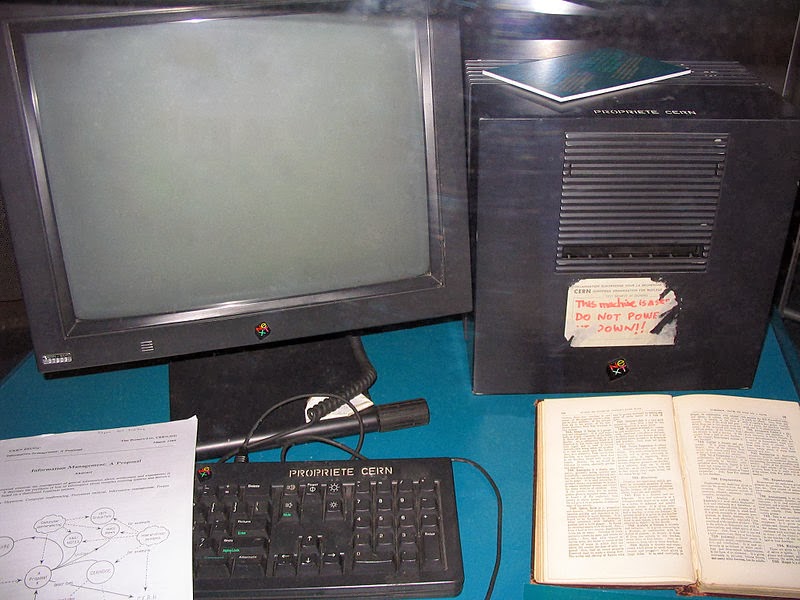The Skullcandy Crusher over-ear headphones are among the least subtle offerings in their segment. Whereas, most manufacturers push their products with claims about true-to-life audio quality, Skullcandy promises you “bass you can feel” with its sub-$100 creation.

Based in Park City, Utah, Skullcandy designs and manufactures headphones which combine eye-grabbing looks and forward thinking tech in one package. At a quick glance, the Crusher headphones seem to fit the bill, as they feature a dedicated audio driver which powers the unique bass delivery system.
Retail package
True to the Skullcandy brand identity, the retail package of the Crusher headphones is designed to stand out like the content it carries. Inside the blinged-out box, you will find the headset and its cable, a soft carrying pouch, an AA battery for the proprietary bass amplifier, as well as a couple of booklets.
Seeing a carrying pouch in the box of the headset surely is a welcome sight. Plenty of sub-$100 headphones don’t include one in their package.
Design and build quality
The Skullcandy Crusher headphones handsome if a bit imposing in the flesh. Due to its sheer size, the headset is simply impossible to be left unnoticed, while a multitude of tastefully-placed Skullcandy logos throughout leave little doubt about its brand affiliation.
The Crusher headphones are available in a variety of colors. They range from black, through red like the unit I tested, all the way to more blinged out options such as white or snake skin pattern.
Build quality of the headset is solid. The Skullcandy Crusher headphones are finished in high-quality plastic with glossy finish. In several weeks of daily use, I found the handset to be sturdy and not prone to scratches and dings. The ear pads didn’t show any sign of wear either, despite seeing plenty of action.
The headphones’ detachable 3.5mm audio cable is thick and comes with well-made connectors. To top things off, the headset comes with a one-year warranty.
Ergonomics
Despite their imposing appearance, the Skullcandy Crusher headphones are light and therefore quite comfortable. The synthetic leather ear cups are soft and cover the ears without applying any pressure on them, thus making the headset great for long stretches of use.
Replacing the AA battery of the headset is easy. Its slot is located underneath the removable right ear cup. The battery life of the headset is quoted at 40 hours.
The headset does not necessarily need a battery to work. Without one however, users will not be able to enjoy its unique bass delivery.
The cable is tangle-free and easy to store. The single-button remote control is easy to access. It must be noted however that the button requires a more pressure than usual in order to follow commands. The quirk is hardly a dealbreaker, though it does require some getting used to.
Despite its large size, the Skullcandy Crusher headset is easy to carry. When folded, it breaks down to 40% of its size.
Sound
The Skullcandy Crusher headphones are equipped by custom-made 40mm Mylar drivers whose frequency response ranges between 20 Hz and 20 kHz. Impedance is rated at 32 Ohms.
The enhanced bass experience on the other hand is handled by a proprietary patent-pending driver, dubbed Sensation55. It is powered by the built-in amplifier and can be adjusted via a sliding button.
The real-life sonic experience delivered by the Crusher headphones is truly head-shattering. At full volume and bass set at its highest, the headset literally bounces off your head and makes you feel as if you are at a live concert or dance club. Quite frankly, I haven’t experienced such sensation before.
Of course, the above experience comes at a price. At full bass setting, the lows eat heavily into the rest of the dynamic range, thus significantly compromising the sonic experience.
However, tweaking the bass setting a bit delivered impressive results. I found the ideal setting for music to be about 50% of its capacity. The latter blends the deep bass smoothly into the rest of the sound signature. It allows the well-sorted highs and mids to also showcase themselves. Don’t expect any acoustic miracles though – these headphones are not studio monitors.
With the bass feature switched off, the lows are all but completely gone. The setup makes the headset feel somewhat anemic. I doubt users will opt for it as the Crusher headphones are clearly not intended for such use.
Because of their built-in bass trickery, the Skullcandy Crusher headphones are also highly enjoyable for watching movies, as well as video gaming. With the bass fully on, shooting zombies on Dead Trigger 2 for example, offered an entirely new dimension to the gameplay.
Sound quality of phone call was good both ways. There’s nothing to complain about on this instance.
Final word
The Skullcandy Crusher headphones could well be the most entertaining sub-100 offering out there. There are some worthy competitors out there, but none will deliver the same bass experience as the Crusher.
Thankfully, the sonic experience offered by the headset is not one-dimensional. Because of the sliding bass control switch, users can also opt for more balanced audio output.
All things considered, if you have $100 to spend for over-ear headphones and love bass, the Skullcandy Crusher should definitely be on your short list of alternatives. The headset is priced at $99.99 in themanufacturer’s online store.
































